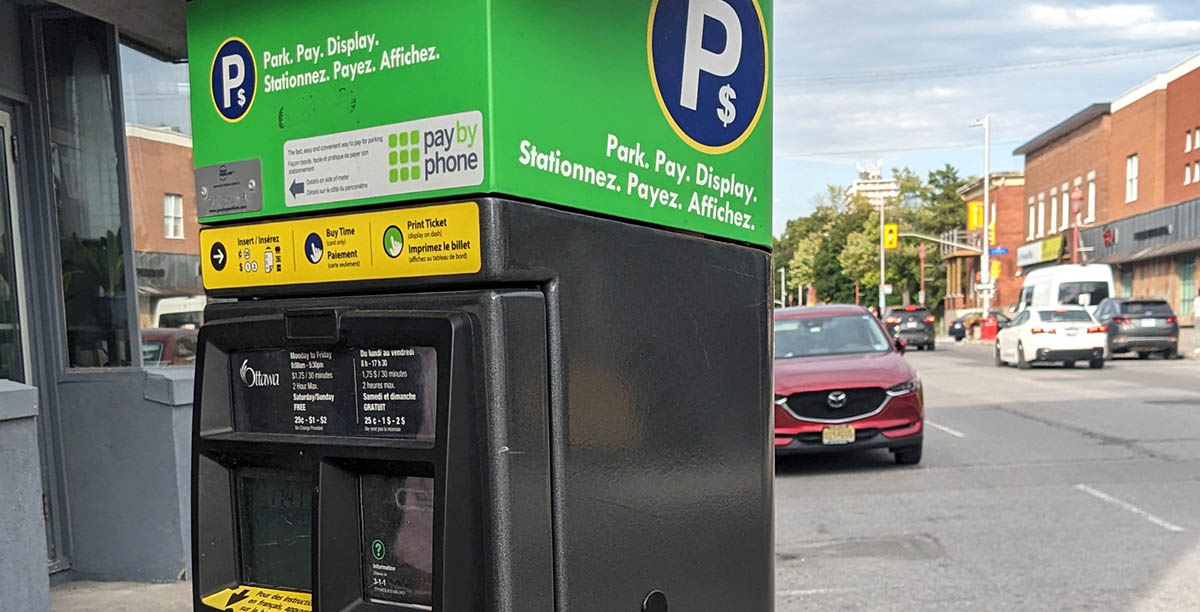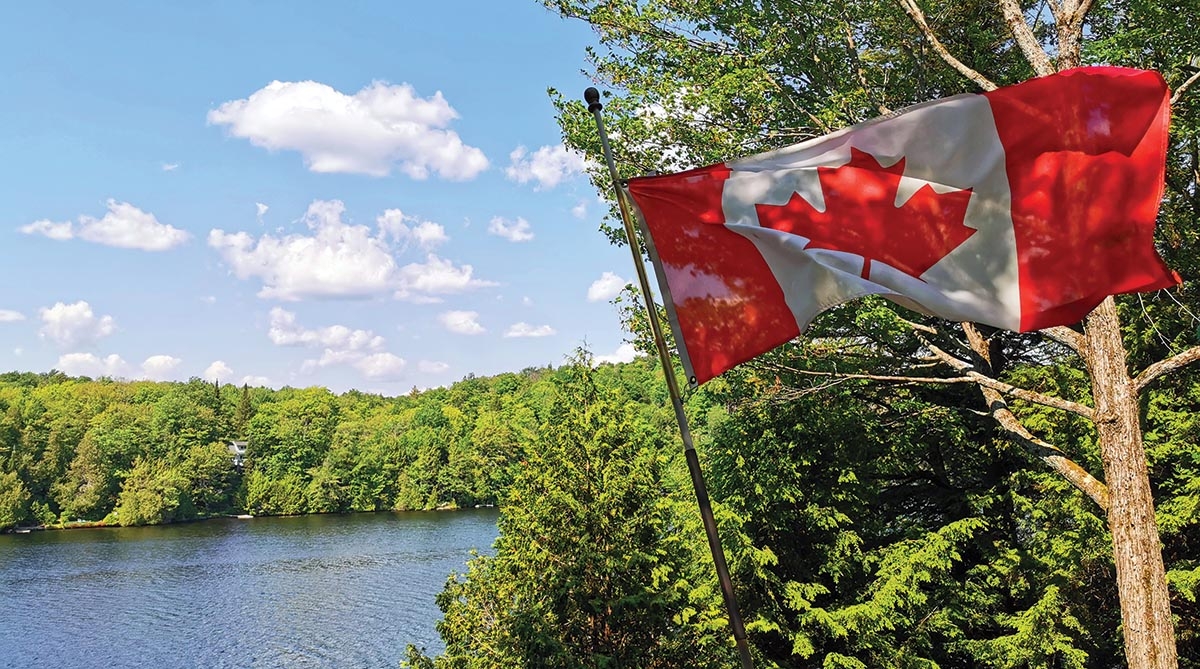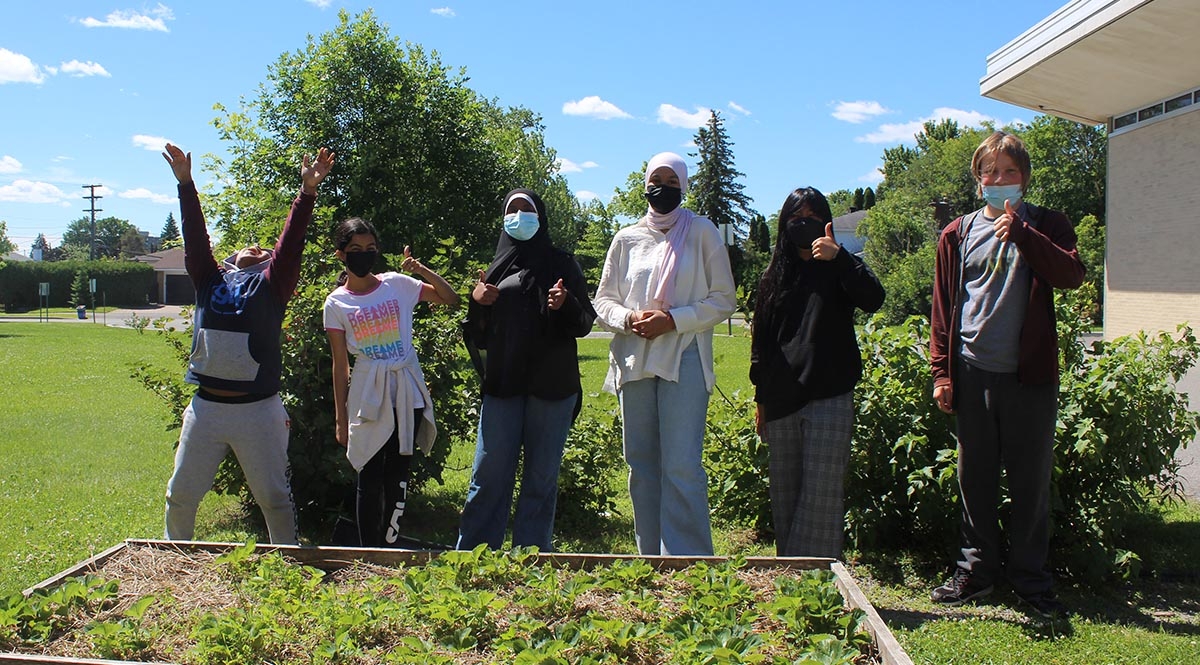
Ottawa’s Featherston Drive Public School is changing the way students think about food
ABOVE: Students from Featherston Public School (FROM LEFT TO RIGHT) Hanad, Randa, Deqa, Rima, Seamus, and Jaela.
The student body at Featherston Drive Public School is representative of the diverse cultural communities that make up the City of Ottawa. They remind us that we live in a place where people from many backgrounds meet to form a close-knit, friendly community.
During the 2021/2022 academic year, the school was involved in a project that has helped the students and teachers grow their sense of community by getting their hands dirty.
Featherston Drive PS received a $500 grant from the federal government under the Nutrients For Life program that assists educators in teaching the role soil science plays in food production. The allocated funds allowed the school to reinvigorate eight existing planter boxes on the front lawn.
Eighth-graders and soon-to-be high school students Deqa and Rima were delighted to show off their growing expertise. Deqa explained, "this gardening is a whole school project from many different classes, and it’s a great way for everyone to pitch in and have different responsibilities.” Rima added that gardening has benefited students' mental health: socializing, being outdoors, and getting their hands dirty.
The students have been mainly growing produce: strawberries, sugar snap peas, beans, beets, carrots, raspberries, sweet peppers, and tomatoes, all growing in the boxes. They also have a couple of black and red currant bushes that the Vice-Principal, Nicola Powadiuk, has used to teach the students that you can make tasty treats like jam. Powadiuk explains that many students are new to Canada, and gardening is new to them; they love the experience of grabbing a strawberry or peas off the vine and eating them.
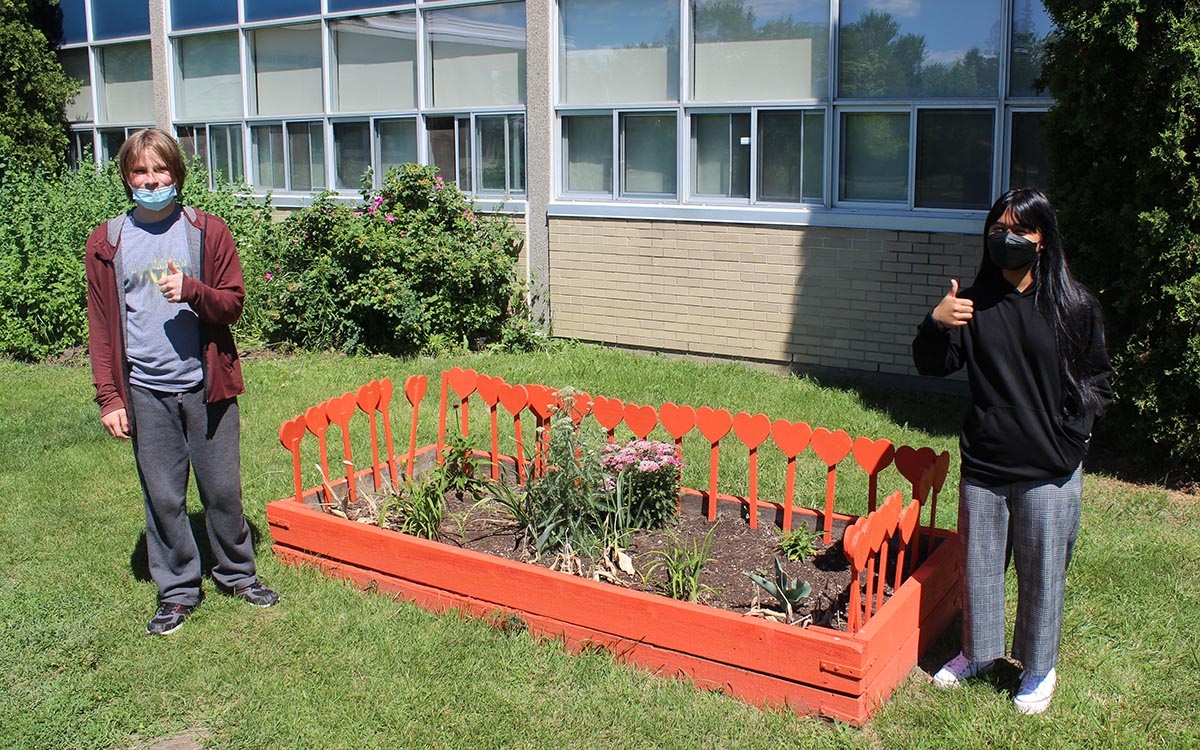
ABOVE: Students Seamus and Jaela with their class' Heart Garden.
Seamus and Jaela, students in a grade seven-eight split class, proudly pointed out their class’s unique project, the Heart Garden. Designed to further reconciliation, the garden is painted orange with heart-shaped pickets. Jaela explains, “our reason for making an orange heart garden is because we wanted to have something that would showcase our part in reconciliation and acknowledge the First Nations and Metis kids that went to residential schools.” “We chose orange because it reminds us of orange shirt day,” says Seamus.
The students decided the garden would be a good symbol of reconciliation because, in some cultures, plants symbolize new growth and new beginnings. Seamus explains that the kids were supported by school staff: “We didn’t do this alone; we had the help of Mr. Matt, who gave us the materials and helped design it.” Seamus went on to say that Ms. Heather Renolds, a garden designer, helped them pick orange plants that will bloom throughout the year while the father of a supply teacher, Mr. Abby, provided the students with the plants to transplant into the garden.
Eagerly awaiting their chance to talk, fourth-grader Hanad and fifth-grader Randa shared their thoughts on the edible food garden that their combined grade 3-4-5 class takes care of together. Hanad’s enthusiasm was infectious. He says he enjoys eating the beans from the garden, not knowing what sort of plants grew them and strawberries, but also the feeling of giving back to the community to help feed hungry people makes him feel proud. Randa agreed and said the help of the teachers and adults made it easier for them to learn how to grow food.
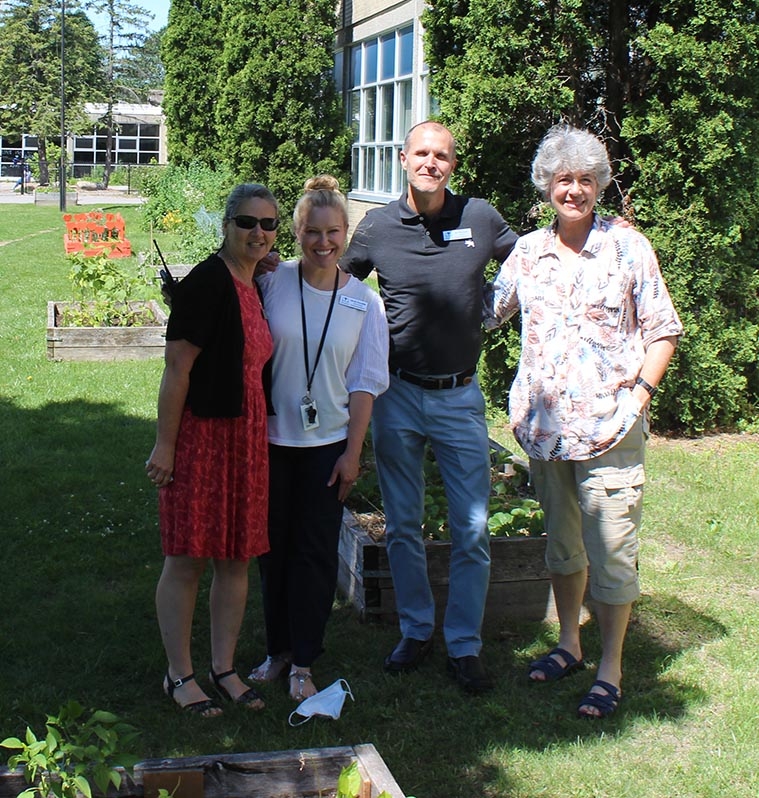
ABOVE: (LEFT TO RIGHT) Office Administrator Diana Beattie, Vice-Principal Nicola Powadiuk, Principal Brian Chiasson, and school volunteer Gillian Cooper.
The students happily weeded their garden boxes while waiting to chat with me; they seemed to enjoy every aspect of looking over the plants. They’ve also got some adult help from the school Office Administrator, Diana Beattie, who tells me that at lunch, she and kids who help out in the office come to weed the garden together.
Community volunteer Gillian Cooper also looks after the garden and helps teach the kids the tips, tricks, and the importance of gardening. Cooper’s son has long graduated from Featherston Drive PS, but she returned to help out.
The gardens were initially intended to supplement the school’s breakfast program, which is run thanks to the Ottawa Network for Education. The growing season correlates with the beginning and end of the school years so that the kids don’t miss out over the summer on the chance to eat what they grow.
The enthusiasm the students have for gardening and the commitment and dedication from teachers and volunteers show that even the simplest things, like taking care of a garden, can bring people together and foster change, while learning about soil and science is just an added bonus.

